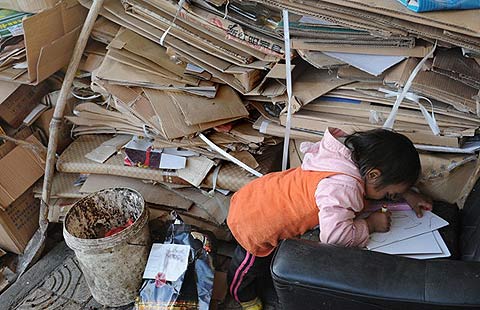Australian FTA just the beginning
Updated: 2014-11-21 12:27
By Nie Pingxiang(China Daily Europe)
|
|||||||||||
Landmark deal shows China's willingness to compromise and open the country up to foreign competition
On Nov 17, China and Australia announced they had formally completed negotiations on a free trade agreement. They are likely to sign and implement the free trade agreement within the year.
While the trade pact is significant because Australia is the largest Western economy to structure an FTA with China, it's also equally important because the landmark deal helps map out China's strategy for future FTA negotiations with other countries.
Among China's 10-plus free trade partners, New Zealand emerged as the first Western economy to implement an FTA with China in 2008. Iceland became the second, followed last year by Switzerland.
But Australia's deal has far greater prominence. The country was the world's 12th-largest economy in 2013 and the largest economy to complete FTA talks with China. Trade between China and Australia stood at $136 billion last year, much higher than any other Western economy that has an FTA with China. Switzerland's trade with China totaled $59.5 billion last year, New Zealand $12.4 billion and Iceland $450 million. The Australian deal signifies that China's ability to seal free trade agreements has reached new heights.
Previously, China's FTA partners were mostly its neighbors, such as the Association of Southeast Asian Nations or less developed countries such as Chile. But it gradually has cast its net wider to cover the developed part of the world.
If deals with New Zealand, Iceland and Switzerland can be regarded as China's cautious trials in running free trade with the West, the Australia deal formally marks the beginning of China's efforts to ink high-quality free trade pacts with major Western economies. It won't be surprising if China strives for FTAs with the United States and the European Union in the near future.
Delving into the Sino-Australian FTA, China has shown more openness in trade talks.
Australia runs a significant trade surplus with China, which means any exemption of tariffs for Australian goods could mean a larger surplus. But China held an open attitude during the talks.
For Australian goods with high comparative advantages, such as dairy products, wine and seafood, China agreed to scrap tariffs with a grace period of four years. This means these goods will be subject to zero taxes from 2019.
The deal shows that China is ready to compromise in the agricultural sector, an industry that Chinese policymakers have tended to protect in the past.
So long as the country's food security is not threatened, top policymakers now are open for foreign agricultural products to enter the country. The decision helps meet the rising Chinese demand for high-quality food.
That is a remarkable change in mindset. Protectionism had been pervasive in China's traditionally weak industries such as agriculture, but years of protectionism have demonstrated that weak industries can flounder in isolated markets. Policymakers are showing that they now believe that competition can deepen reforms and develop weak industries.
The opening of the agricultural sector also gives China more power to ask FTA partners to open their markets wider in areas where China has comparative advantages but has historically been pigeonholed.
In the distant past, China focused largely on the market entry of its competitive goods. But in recent years, investment has moved up on its agenda in recent free trade talks.
In the deal with Australia, China pushed Australia to loosen its scrutiny of Chinese companies investing in the country. The appeal came after several high-profile Chinese investments were rejected by Australian regulators.
Under the FTA with China, Australia is expected to loosen its reviews on investments by individual and private Chinese investors. Greenfield investments and listed Chinese companies are also expected to enjoy less restrictive Australian regulations.
Asking for other countries to be more tolerant toward Chinese investment came on the heels of intensified efforts to expand overseas. China is expected to be a net investor this year, and globalization has become a national strategy, which is why China's future FTAs will focus more on investment.
The author is a researcher at the Chinese Academy of International Trade and Economic Cooperation in Beijing. The views do not necessarily reflect those of China Daily.
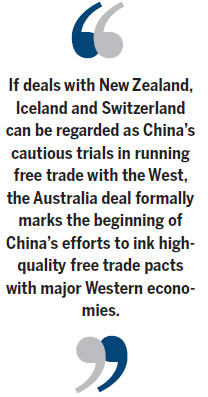
(China Daily European Weekly 11/21/2014 page11)
Today's Top News
China wants its voice heard in cyberspace
New standards set for air purifiers
Alipay brings the frenzy of Black Friday to China
US violates China sovereignty in HK
Cyber terrorism sparks Internet debate
Editorial: Mob politics rocks HK
UnionPay offers discounts to outbound tourists
Palace Museum opens door to special groups for free
Hot Topics
Lunar probe , China growth forecasts, Emission rules get tougher, China seen through 'colored lens', International board,
Editor's Picks

|

|
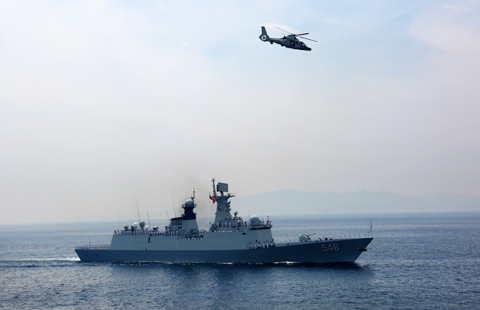
|
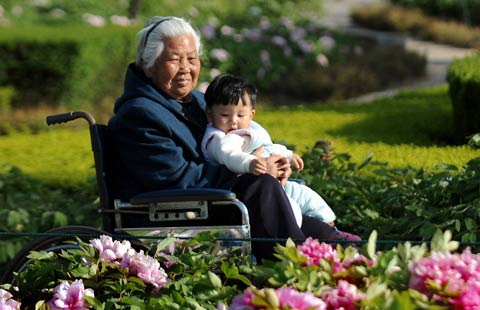
|
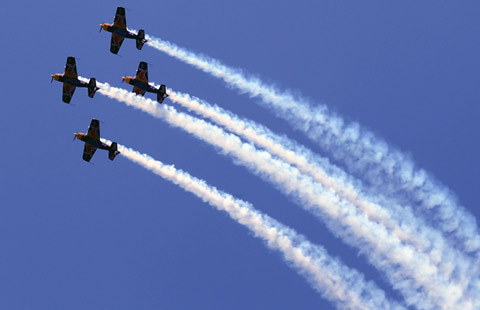
|

|


